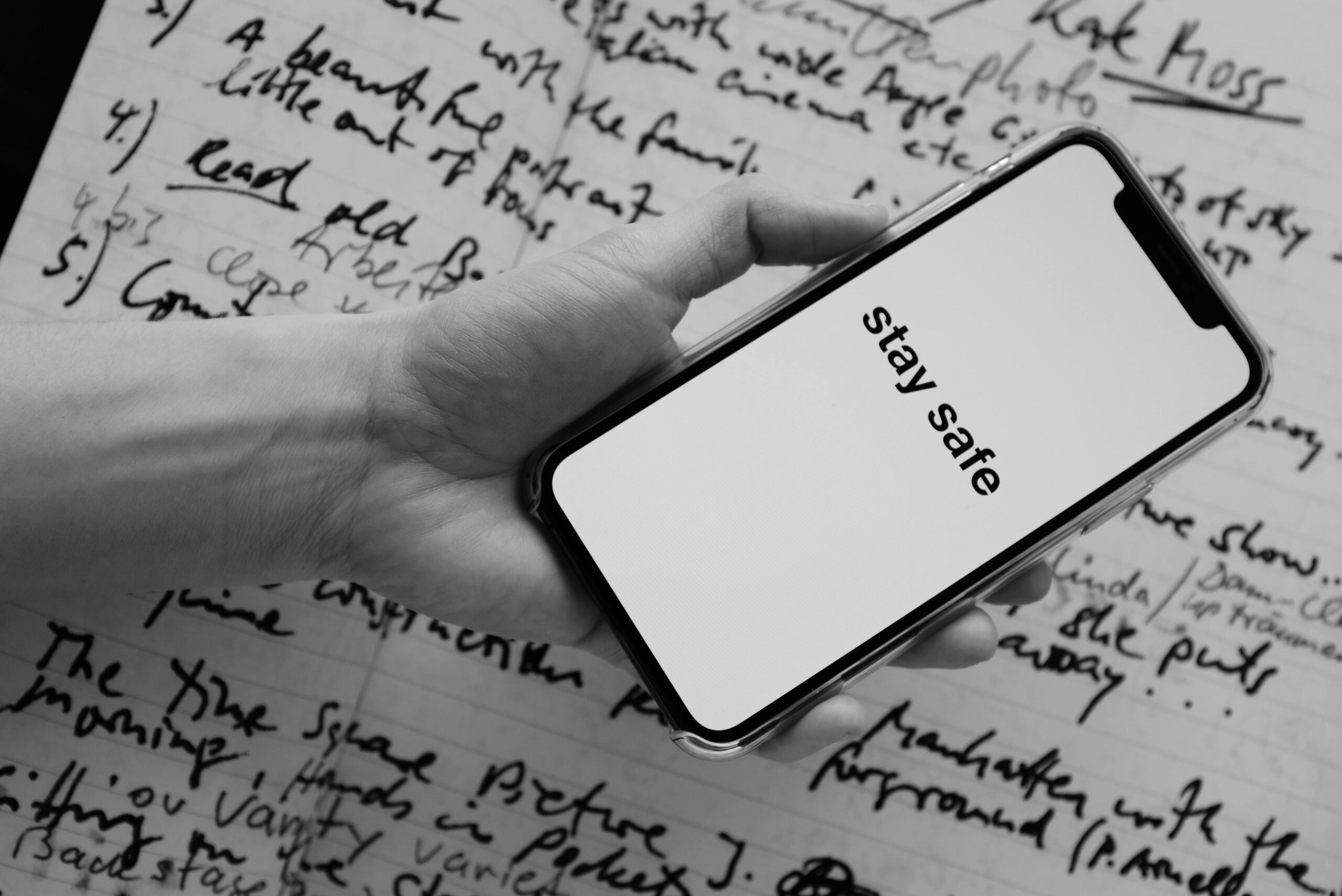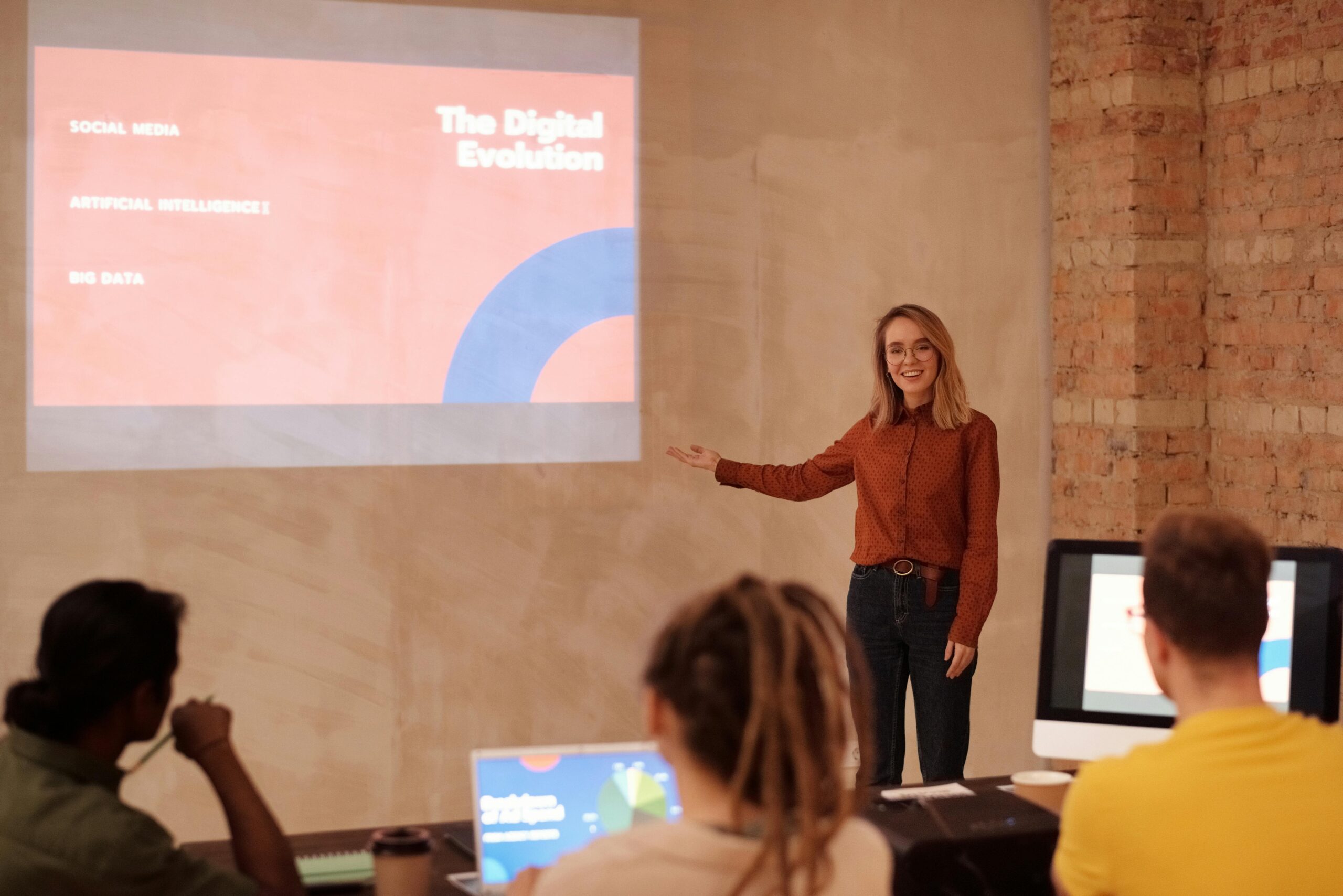Biofeedback technology has evolved from clinical labs into our pockets, offering unprecedented opportunities to understand and optimize our body’s responses through innovative mobile applications.
🧠 Understanding Biofeedback in the Digital Age
Biofeedback represents a revolutionary approach to self-awareness and wellness, allowing individuals to gain real-time insights into physiological processes that typically operate below conscious awareness. Traditionally confined to medical facilities and therapeutic settings, this powerful technology has undergone a remarkable transformation with the advent of smartphones and wearable devices.
At its core, biofeedback measures bodily functions such as heart rate, breathing patterns, muscle tension, skin temperature, and brain activity. By making this invisible information visible through sensors and mobile interfaces, users can learn to recognize and influence their physiological states. This capability opens doors to managing stress, improving athletic performance, enhancing mental clarity, and addressing various health conditions.
The integration of biofeedback with mobile applications has democratized access to techniques once available only through expensive clinical sessions. Today’s smartphone users can leverage sophisticated sensors built into their devices or paired wearables to track physiological markers throughout their daily lives, creating continuous feedback loops that accelerate learning and behavioral change.
📱 The Mobile Revolution in Biofeedback Technology
Mobile applications have transformed biofeedback from a passive clinical tool into an active lifestyle companion. Modern smartphones come equipped with an impressive array of sensors—accelerometers, gyroscopes, cameras, and microphones—that can capture physiological data with surprising accuracy. When combined with external Bluetooth-enabled devices like heart rate monitors, EEG headbands, and galvanic skin response sensors, the potential for comprehensive biofeedback becomes extraordinary.
The convenience factor cannot be overstated. Unlike scheduled therapy sessions, mobile biofeedback apps provide on-demand access to stress management techniques during actual moments of tension—whether before an important presentation, during a traffic jam, or while dealing with daily challenges. This immediacy creates optimal learning conditions, as users receive feedback precisely when their physiological arousal is elevated.
Key Advantages of Mobile Biofeedback Applications
- Accessibility: Training and monitoring available anytime, anywhere without geographical or scheduling constraints
- Affordability: Significantly lower costs compared to traditional clinical biofeedback sessions
- Personalization: Algorithms that adapt to individual baselines and progress over time
- Data continuity: Long-term tracking that reveals patterns impossible to detect in isolated sessions
- Gamification: Engaging interfaces that motivate consistent practice through rewards and progress visualization
- Integration: Seamless connection with other health and fitness platforms for comprehensive wellness tracking
💓 Heart Rate Variability: The Window to Your Nervous System
Among biofeedback modalities, heart rate variability (HRV) has emerged as one of the most powerful and accessible metrics for mobile applications. HRV measures the variation in time intervals between consecutive heartbeats, providing remarkable insights into the balance between your sympathetic (fight-or-flight) and parasympathetic (rest-and-digest) nervous systems.
Higher HRV typically indicates better cardiovascular fitness, greater stress resilience, and improved overall health. Mobile applications can measure HRV using your smartphone camera or dedicated chest strap monitors, then provide guided breathing exercises and lifestyle recommendations to optimize this crucial metric.
Applications focusing on HRV biofeedback teach users to achieve “coherence”—a state where heart rhythm patterns become smooth and ordered, reflecting harmonious interaction between heart, brain, and respiratory systems. Regular coherence practice has been associated with reduced anxiety, improved cognitive performance, better sleep quality, and enhanced emotional regulation.
🧘 Breathing: The Bridge Between Mind and Body
Respiratory biofeedback represents one of the most straightforward yet profoundly effective forms of physiological self-regulation available through mobile applications. Unlike heart rate or brain activity, breathing sits at the unique intersection of voluntary and involuntary control, making it an ideal target for conscious intervention.
Mobile breathing biofeedback apps typically use your device’s sensors or microphone to monitor breathing patterns, providing visual or auditory cues to guide optimal respiratory rhythms. Research consistently demonstrates that controlled breathing at specific frequencies—typically around 5-6 breaths per minute—activates the parasympathetic nervous system, triggering relaxation responses throughout the body.
The beauty of respiratory biofeedback lies in its simplicity and immediate effectiveness. Users often report feeling calmer within minutes of starting a guided session. Over time, regular practice rewires automatic breathing patterns, creating lasting improvements in stress reactivity and emotional balance. Many applications incorporate personalized pacing based on your individual resonance frequency—the breathing rate that maximizes HRV for your unique physiology.
Practical Applications for Respiratory Biofeedback
- Pre-performance anxiety reduction for public speaking, athletic competitions, or examinations
- Insomnia management through evening breathing protocols that facilitate sleep onset
- Chronic pain modulation by activating descending pain inhibitory pathways
- Blood pressure regulation through consistent daily practice
- Asthma symptom management and improved respiratory efficiency
🧪 Measuring Stress: Galvanic Skin Response and Beyond
Galvanic skin response (GSR), also called electrodermal activity, measures electrical conductance of the skin, which changes with moisture levels influenced by sweat gland activity. Since these glands are controlled by the sympathetic nervous system, GSR provides a direct window into stress and emotional arousal.
Several mobile biofeedback systems now incorporate GSR sensors—either built into smartphone cases or worn as finger bands or wristbands. These devices detect subtle changes in skin conductance that occur during stress responses, often before you consciously recognize feeling stressed. This early warning system enables proactive intervention, preventing stress from escalating.
Applications utilizing GSR biofeedback typically guide users through relaxation exercises while displaying real-time conductance levels. Watching your stress markers decrease in response to your efforts creates powerful reinforcement, accelerating the learning process. Over weeks of practice, users develop enhanced interoceptive awareness—the ability to accurately perceive internal bodily states—which supports better emotional regulation in everyday situations.
🎯 Neurofeedback: Training Your Brain Waves
Neurofeedback, or EEG biofeedback, represents the most sophisticated form of biofeedback available through mobile platforms. Consumer-grade EEG headbands can now detect brain wave patterns and communicate with smartphone applications, bringing neurofeedback out of clinics and into homes.
Different brain wave frequencies correspond to distinct mental states. Beta waves dominate during active thinking and problem-solving, alpha waves increase during relaxed alertness, theta waves emerge during meditation and creativity, and delta waves predominate during deep sleep. Neurofeedback applications train users to voluntarily shift between these states through real-time feedback, often presented as games, music, or visual displays that respond to brain activity.
This technology shows particular promise for attention training, meditation enhancement, and potentially supporting management of conditions like ADHD, anxiety disorders, and sleep disturbances. While research on consumer neurofeedback devices continues to evolve, early evidence suggests regular training can produce measurable improvements in focus, stress management, and cognitive performance.
🏋️ Optimizing Athletic Performance Through Biofeedback
Athletes and fitness enthusiasts have discovered that mobile biofeedback applications provide competitive advantages by optimizing training intensity, recovery, and mental preparation. HRV monitoring helps determine optimal training loads—pushing harder when recovery is complete and pulling back when the body needs rest, thereby preventing overtraining syndrome.
Pre-competition anxiety can severely impact performance. Biofeedback apps teach athletes to activate optimal arousal states—energized yet calm—through controlled breathing and relaxation techniques practiced while monitoring physiological responses. This skill transfers to competition settings, where athletes can self-regulate under pressure.
Recovery optimization represents another critical application. Post-workout biofeedback sessions focusing on parasympathetic activation accelerate recovery processes, enabling more frequent quality training sessions. Some applications integrate with fitness platforms, creating comprehensive training-recovery ecosystems that maximize adaptation while minimizing injury risk.
💼 Managing Workplace Stress and Enhancing Productivity
The modern workplace generates chronic stress for millions of people, contributing to burnout, decreased productivity, and health problems. Mobile biofeedback applications offer practical solutions that integrate seamlessly into busy professional lives.
Brief biofeedback sessions during breaks—sometimes just 2-3 minutes—can reset stress physiology, clearing mental fog and restoring focus. Some applications send periodic reminders to check in with your body, promoting awareness of building tension before it becomes overwhelming. This preventive approach proves far more effective than attempting to recover from accumulated stress at day’s end.
Corporate wellness programs increasingly incorporate biofeedback apps, recognizing their potential to reduce healthcare costs while improving employee wellbeing and performance. The objective data these applications provide helps individuals recognize stress patterns they might otherwise dismiss or normalize, motivating behavior changes that support sustainable productivity.
🛡️ Privacy and Data Security Considerations
As with all health-related technologies, privacy and data security deserve careful consideration when selecting biofeedback applications. Physiological data reveals intimate information about your health, emotional states, and daily patterns. Responsible users should investigate how applications store, process, and share this sensitive information.
Look for applications that encrypt data both in transit and at rest, provide transparent privacy policies, allow user control over data sharing, and comply with relevant health data protection regulations. Be particularly cautious about applications that share data with third-party advertisers or sell aggregated user information without explicit consent.
Many reputable biofeedback applications store data locally on your device or use secure cloud services with strong privacy protections. Reading reviews and researching developer credentials helps identify trustworthy options that prioritize user privacy alongside functionality.
🚀 Maximizing Results: Best Practices for Biofeedback Training
Simply downloading a biofeedback application doesn’t guarantee results. Like any skill, effective biofeedback requires consistent practice and proper technique. Starting with realistic expectations helps—meaningful changes typically emerge over weeks rather than days, though many users notice immediate benefits from individual sessions.
Consistency matters more than duration. Short daily sessions—even just 5-10 minutes—produce better outcomes than occasional longer sessions. Many applications include reminders and tracking features that support habit formation. Treating biofeedback practice as seriously as brushing your teeth or taking medications increases adherence and results.
Essential Guidelines for Effective Biofeedback Practice
- Establish baseline measurements: Track metrics for at least a week before attempting interventions to understand your normal patterns
- Practice in varied contexts: Use biofeedback both during calm periods (to build skills) and stressful situations (to apply them)
- Focus on process over outcomes: Paradoxically, trying too hard to change readings often backfires; relaxed awareness works best
- Integrate with lifestyle changes: Combine biofeedback with sleep hygiene, exercise, and nutrition for comprehensive wellness
- Document subjective experiences: Note how you feel alongside objective data to identify meaningful patterns
- Be patient with plateaus: Progress isn’t linear; temporary stalls often precede breakthroughs
🔮 The Future of Mobile Biofeedback Technology
The convergence of artificial intelligence, advanced sensors, and mobile computing promises to make biofeedback applications increasingly sophisticated and personalized. Machine learning algorithms will analyze individual response patterns, automatically adjusting training protocols for optimal effectiveness. Predictive analytics may soon alert users to impending health issues before symptoms manifest.
Integration with augmented reality and virtual reality technologies will create immersive biofeedback experiences, making training more engaging and potentially more effective. Imagine practicing stress management in virtual recreations of anxiety-provoking situations while receiving real-time physiological feedback—exposure therapy enhanced by biofeedback precision.
Advances in non-invasive sensing may eliminate the need for separate wearable devices, with smartphones themselves capable of measuring increasingly diverse physiological parameters. Research into optical sensors, acoustic monitoring, and even electromagnetic field detection could expand mobile biofeedback capabilities exponentially.

🌟 Empowerment Through Self-Knowledge
The true power of mobile biofeedback applications extends beyond symptom management or performance optimization. These tools foster a fundamental shift in relationship with your own body—from passive passenger to active pilot. By making the invisible visible, biofeedback dissolves the arbitrary boundary between mind and body, revealing their constant, bidirectional communication.
This enhanced awareness creates agency. Rather than feeling controlled by stress, anxiety, or physical discomfort, users discover they possess inherent capacities for self-regulation that simply required proper feedback to develop. This recognition often extends into other life domains, supporting confidence and self-efficacy more broadly.
As research continues validating biofeedback applications and technology becomes more accessible, millions more people will unlock capabilities they never knew they possessed. The future of health and performance isn’t just about external interventions—it’s about harnessing the sophisticated regulatory systems already present within us, now finally made accessible through the devices we carry everywhere.
Whether you’re seeking stress relief, enhanced athletic performance, better sleep, improved focus, or simply deeper self-understanding, mobile biofeedback applications offer evidence-based tools that meet you where you are. The journey begins with curiosity, continues with consistent practice, and leads to possibilities you might never have imagined. Your potential awaits—unlock it through the power of biofeedback technology.
Toni Santos is a digital culture researcher and emotional technology writer exploring how artificial intelligence, empathy, and design shape the future of human connection. Through his studies on emotional computing, digital wellbeing, and affective design, Toni examines how machines can become mirrors that reflect — and refine — our emotional intelligence. Passionate about ethical technology and the psychology of connection, Toni focuses on how mindful design can nurture presence, compassion, and balance in the digital age. His work highlights how emotional awareness can coexist with innovation, guiding a future where human sensitivity defines progress. Blending cognitive science, human–computer interaction, and contemplative psychology, Toni writes about the emotional layers of digital life — helping readers understand how technology can feel, listen, and heal. His work is a tribute to: The emotional dimension of technological design The balance between innovation and human sensitivity The vision of AI as a partner in empathy and wellbeing Whether you are a designer, technologist, or conscious creator, Toni Santos invites you to explore the new frontier of emotional intelligence — where technology learns to care.




